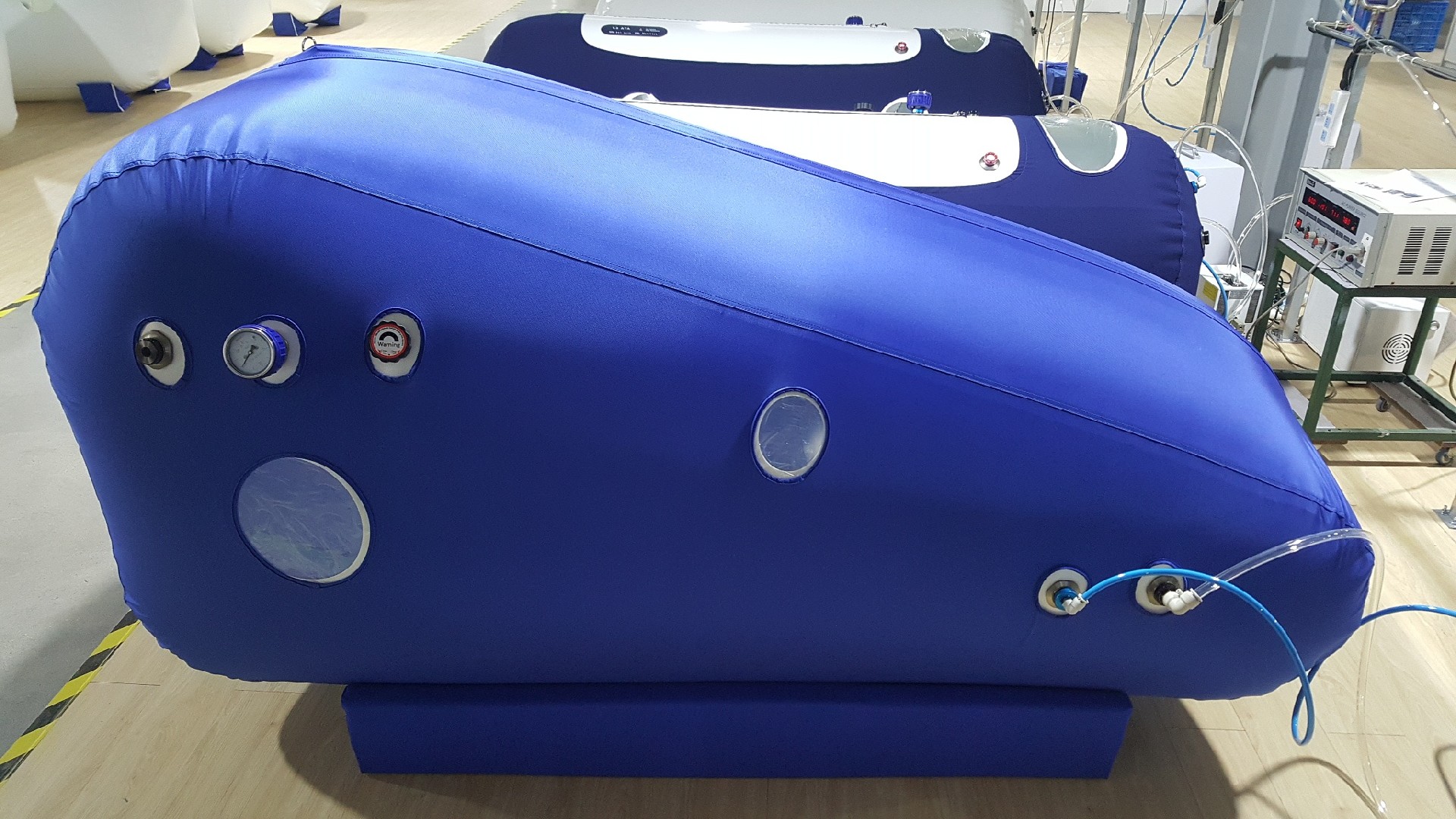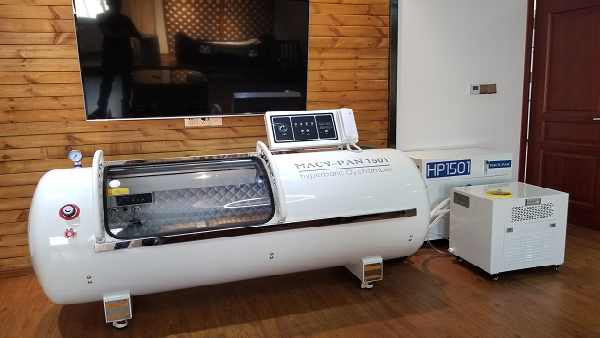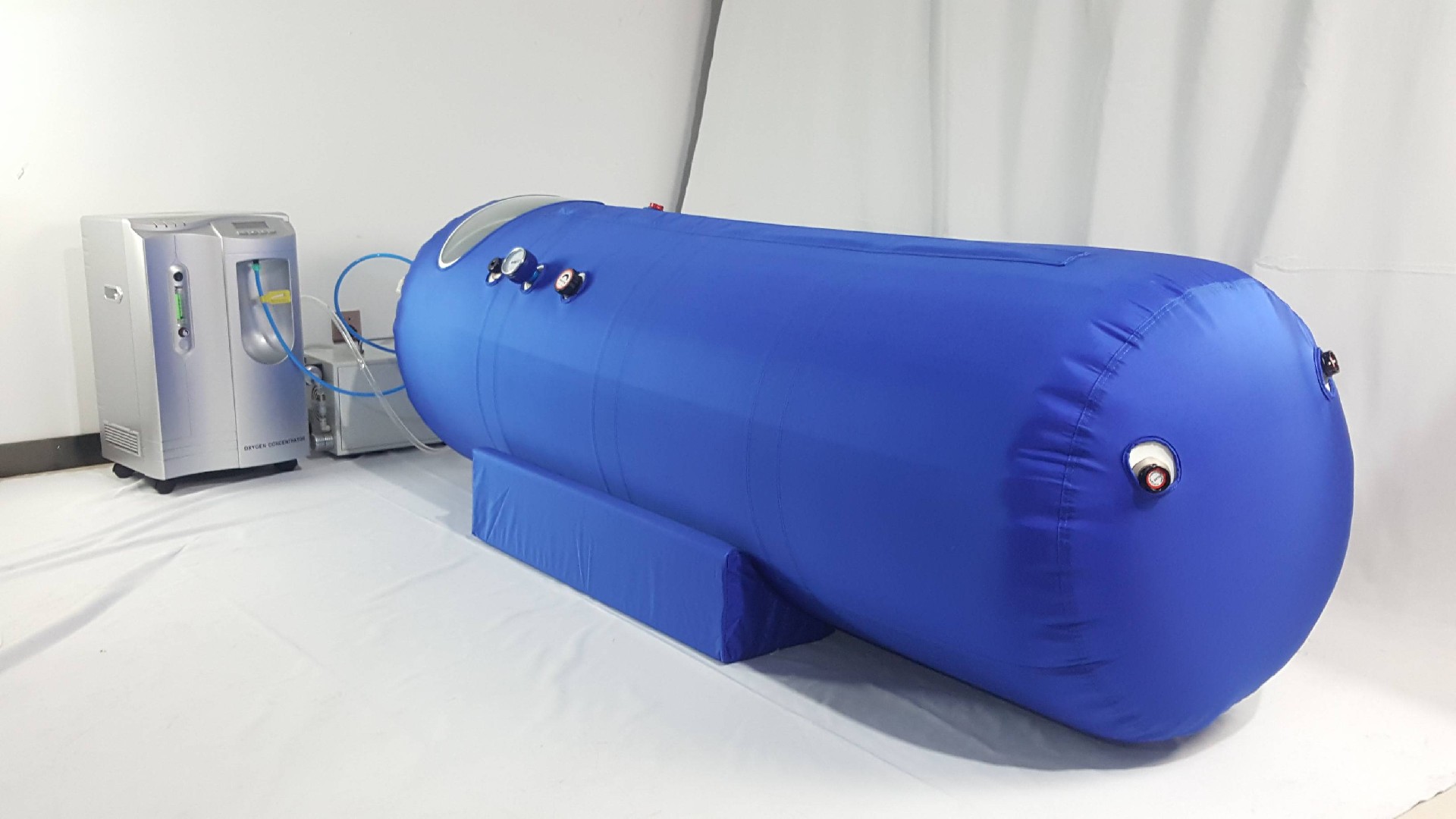The human race is fraught with an unprecedented challenge as the COVID-19 virus rages through the planet. The virus has claimed more than 400000 lives across 220 countries and millions are still battling for their lives in medical facilities to date.
The medical community is striving hard to find suitable vaccines and other viable treatment methods that help in building immunity against COVID-19.
A brief overview of the pandemic along with a few requisite precautions that elaborate the dos’ and don’ts have been mentioned herewith:
What Is COVID-19?
COVID-19 is a respiratory disease that is known to spread through sneeze or cough droplets of infected patients. This virus is surface–borne and can be contracted through touch or contact with affected individuals.
This strain of coronavirus affects the respiratory system in patients and any delay in diagnosis or treatment can escalate the patients’ condition from mild to life-threatening in a short period.
Patients are believed to display symptoms of COVID-19 within a time-span of 2-14 days after contracting the virus.
Doctors have identified the following symptoms in COVID-19 patients:
1. Cold, cough, or fever in the initial 2 days.
2. Breathing difficulty after 3-7 days.
3. Acute Respiratory Distress Syndrome (ARDS) is known to set in after 7-8 days of exposure to the virus in some cases.
Medical experts are still in the process of understanding this disease as some patients have recovered after minor respiratory issues whilst others have developed pneumonia and ARDS. These afflictions can lead to serious lung damage and require the patients’ to be put on ventilator support in an ICU.
As the condition of the patients with ARDS deteriorates, the virus blocks the ability of the lungs to produce sufficient oxygen, resulting in fluid retention in the alveoli or air sacs. The reduced oxygen levels in the blood plasma cause inflammation of the lung tissues and lead to a condition known as hypoxia.
Hypoxia can affect the mortality rates in COVID-19 patients and result in damaging other key vital organs such as heart, kidneys, liver, or brain. Quick administration of adequate treatment options such as hyperbaric therapy in severe cases has proven to be a major lifesaver.
How Can Hyperbaric Therapy Provide Immunity Against COVID-19?
Physicians have used hyperbaric oxygen therapy (HBOT) for several decades to treat a wide range of health afflictions. This treatment method relies on the use of pure unadulterated oxygen that is dispensed to COVID-19 patients through a tube or facemask after placing them in a pressurized compartment known as a hyperbaric chamber.
Medical professionals are increasingly recommending this alternative treatment to COVID-19 patients ailing from hypoxia-related complications.
In recent months, top hyperbaric experts from China and the United States have conducted a series of case studies wherein they have administered HBOT to certain groups of COVID-19 patients.
The researchers have observed significant recovery in these COVID-19 patient groups that were ailing from hypoxia-related complications post HBOT.
The favorable outcome of these studies has reiterated the viability of using HBOT to build the patients’ immunity against COVID-19.
The HBOT Procedure For Treating COVID-19 Symptoms Decoded:
During HBOT the pressurized environment inside the hyperbaric chamber varies between 1.2 – 3 ATA, thereby enabling the pure oxygen to quickly dissolve into the body fluids of the patient. The oxygen-rich plasma is instantly boosted to the lungs and other parts of the body that are affected due to hypoxia.
The supply of fresh blood supply to these damaged or dormant parts reduce the inflammation in the lungs caused by hypoxia and accelerate the recovery process in COVID-19 patients.
The hyperbaric chamber is known to provide relief to COVID-19 patients due to the following factors:
1. Controls the cytokine storm syndrome.
2. Reduces chest pain and dyspnea.
3. Improves the arterial blood gas index.
4. Increases stem cell production.
5. Restores immune cell regulation.
6. Relieves gastrointestinal discomfort.
7. Enhances liver functions and appetite.
8. Eases breathing difficulties.
9. Curbs inflammation of the lung cells.
All these above-mentioned factors aid in correcting the ill effects of hypoxemia by strengthening the immunity levels and fortifying the lung pathology in COVID-19 patients.
However, there are certain additional precautions that individuals need to follow to build their immunity against COVID-19.
What Are The Safety Precautions That Help In Building Immunity Against COVID-19?
Certain precautions are being specified by health authorities in affected zones that can enhance immunity against COVID-19 such as:
1. Regular use of soap and water to wash hands for 30 seconds.
2. Carry and use alcohol-based hand sanitizers at all times.
3. Avoid touching nose, mouth, and eyes.
4. Restrict social interaction with affected COVID-19 patients.
5. Maintain social distancing norms.
6. Cover mouth and nose whilst sneezing or coughing.
7. Sanitize all surfaces at home and office with disinfectants before usage.
8. Always wear a facemask whilst stepping outdoors or staying in confined air-conditioned spaces.
9. Take anti-viral medication or antibiotics only when prescribed by qualified COVID-19 specialists.
Following these norms diligently will significantly limit the spread of this deadly pandemic and reduce the stress on the already overworked healthcare services.
The research findings by medical experts prove that hyperbaric therapy is indeed an effective treatment solution to combat the symptoms of the virus and plays a pivotal role in restoring immunity against COVID-19.






 +86 13621894001
+86 13621894001
 rank@macy-pan.com
rank@macy-pan.com
 +86-+8613621894001
+86-+8613621894001


 Tel:
Tel: Mob:
Mob: WhatsApp:
WhatsApp: Email:
Email: Add:Bldg 15, No.889 Guinan Road, Songjiang District, Shanghai, China
Add:Bldg 15, No.889 Guinan Road, Songjiang District, Shanghai, China